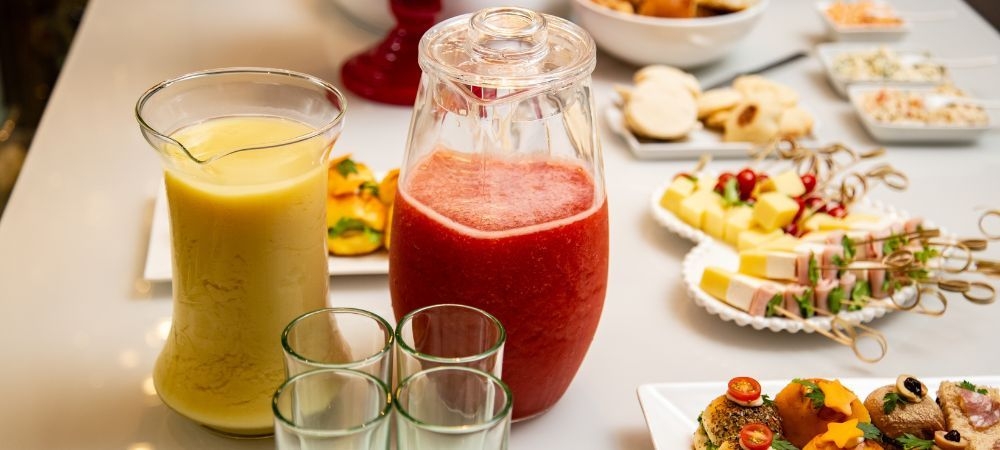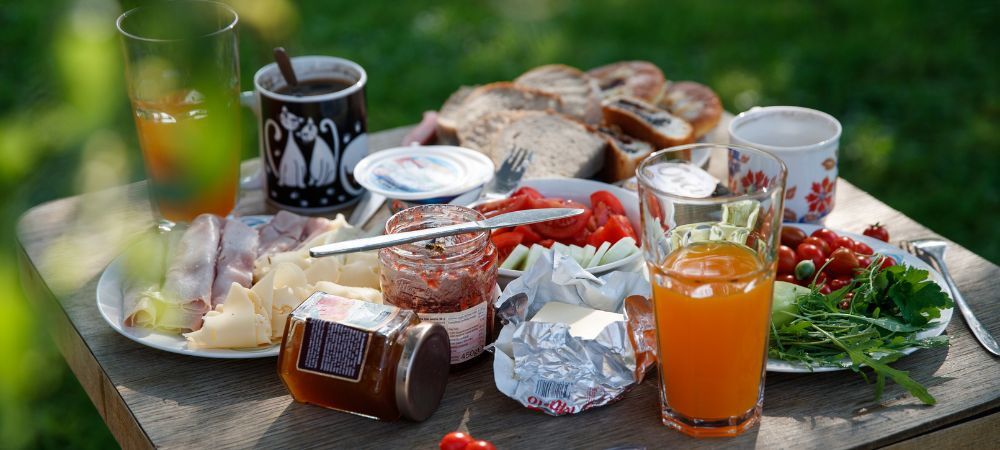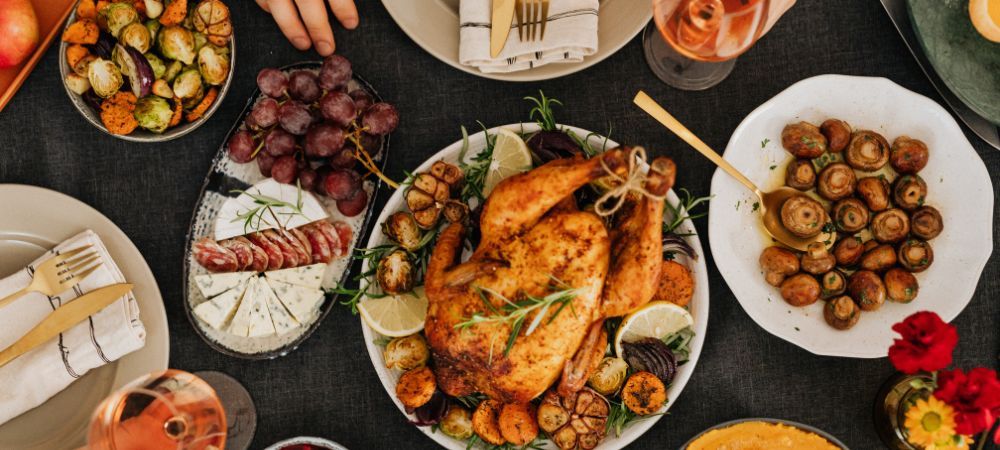

So, when it comes to baking in a conventional oven, there are a few things ya gotta keep in mind.
First off, preheat your oven to the right temperature before you pop in your goodies. It's super important for even cooking. Also, make sure to use the correct rack position for your dish - ya don't want it too close or too far from the heat source.
extra details offered click on that. Another thing to remember is that ya gotta give your baked goods enough space on the tray so they can cook evenly. Don't overcrowd 'em!
And don't forget about rotating your pans halfway through baking to ensure everything bakes up nice and golden brown.
Now, when it comes to testing for doneness, always stick a toothpick in the center of your baked goods. If it comes out clean, then they're ready to chow down on!
Overall, baking in a conventional oven can be a breeze as long as you follow these simple tips. So get bakin' and enjoy those delicious treats!
So, when it comes to convection oven baking, let me tell you, it's a game changer! Instead of just heating up from the bottom like a regular oven, convection ovens have a fan that circulates hot air all around your food. This means that your baked goods cook more evenly and faster too.
Now, I know what you might be thinking - "But won't my cookies burn if the air is blowing all over them?" Well, actually no! The circulating air helps to create a consistent temperature throughout the oven, so you don't have to worry about any hot spots ruining your treats.
And let me tell ya, that fan in the convection oven helps to give your baked goods a nice crispy crust on the outside while keeping them moist and delicious on the inside. It's like magic!
So next time you're whipping up some muffins or roasting veggies, consider using your convection oven for some top-notch results. Trust me, once you try it out, you'll never go back to regular baking again!
Molecular gastronomy, a discipline that uses scientific principles to food preparation, was promoted in the late 20th century and obstacles traditional assumptions of food appearances and flavors.
Sushi, originally a approach of protecting fish in fermented rice, originated around the Nara duration in Japan and has actually developed into a preferred worldwide cuisine.
The slow-moving food activity, began in Italy in 1986 as a demonstration against the opening of a McDonald's near the Spanish Actions in Rome, emphasizes regional food customs and sluggish consuming.
The Caesar salad was really created in Mexico, not Italy, by Italian immigrant Caesar Cardini throughout the 1920s.
So, you wanna try your hand at making some bomb cocktails at home, huh?. Well, lemme tell ya, it ain't as hard as it seems!

Posted by on 2024-05-14
So you wanna make some bomb chocolate chip cookies, huh?. Well let me tell you, the key to keeping them fresh and tasty is to make sure you cool 'em down properly after baking.

Posted by on 2024-05-14
Making sushi at home can be a fun and rewarding experience, but it's not always smooth sailing.. There are common issues that can arise when trying to recreate restaurant-quality sushi in your own kitchen.
One of the most frustrating problems is rice that is too sticky or too dry.

Posted by on 2024-05-14
So, steam baking is a method that involves using steam to bake goods in the oven. It's like, super cool because it helps to keep the baked goods moist and yummy. Instead of dry and crusty. You know what I mean?
When you use this technique, you basically place a pan of water in the oven while your goodies are baking. The water evaporates into steam and creates a humid environment inside the oven. This helps prevent your baked goods from drying out too quickly.
The steam also helps to create a nice crust on breads and other baked goods. It kind of gives them that extra oomph, you know? It's like magic in the oven!
Overall, steam baking is a great technique to have in your baking arsenal. It can really take your baked goods to the next level and make them super delicious. So next time you're whipping up something in the kitchen, consider giving steam baking a try!

Oh man, let me tell you about the benefits of using a toaster oven for baking. It's so much easier than using a regular oven! You don't have to preheat it for ages like you do with a big oven, and it heats up way faster too. Plus, you can bake smaller batches of goodies without wasting energy on heating up a huge space. And don't even get me started on how crispy and delicious everything turns out in a toaster oven - it's like magic! Trust me, once you start baking with one, you'll never go back to your old ways. It's just that good.
So, let's talk about the comparison of microwave vs traditional baking methods. Ain't no denying that both ways have their pros and cons, ya know? Microwave baking is quick and convenient, but it can sometimes make your food a bit soggy. On the other hand, traditional baking takes longer, but it gives you that crispy crust and golden brown color that just can't be beat.
I mean, who doesn't love the smell of freshly baked cookies or a perfectly risen loaf of bread coming outta the oven? And let's not forget about all those delicious pies and cakes that only traditional baking can truly do justice to.
But hey, we gotta give credit where credit is due - microwave baking has its place too. It's great for when you're in a rush or cooking for one person. Plus, it uses less energy than firing up the whole oven.
In conclusion, both microwave and traditional baking methods have their own unique advantages and disadvantages. It really depends on what you're making and how much time you have on your hands. So go ahead and experiment with both - who knows, you might just discover a new favorite way to bake!

When it comes to successful baking using various methods, there are a few tips that can really make a difference. One important thing to remember is not to overmix your batter, as this can lead to tough and dense baked goods. Instead, gently fold in your ingredients until just combined.
Another tip is to make sure you preheat your oven before putting anything in it. This will help ensure even baking and prevent any potential disasters. And don't forget to use the right size pan for your recipe – using one that's too big or too small can throw off the baking time and result in unevenly cooked treats.
Lastly, always follow the recipe instructions carefully and measure out your ingredients accurately. Baking is a science, so precision is key. And if something does go wrong, don't panic – mistakes happen to everyone. Just learn from them and try again next time.
So next time you're whipping up some delicious baked goods, keep these tips in mind for a successful outcome!